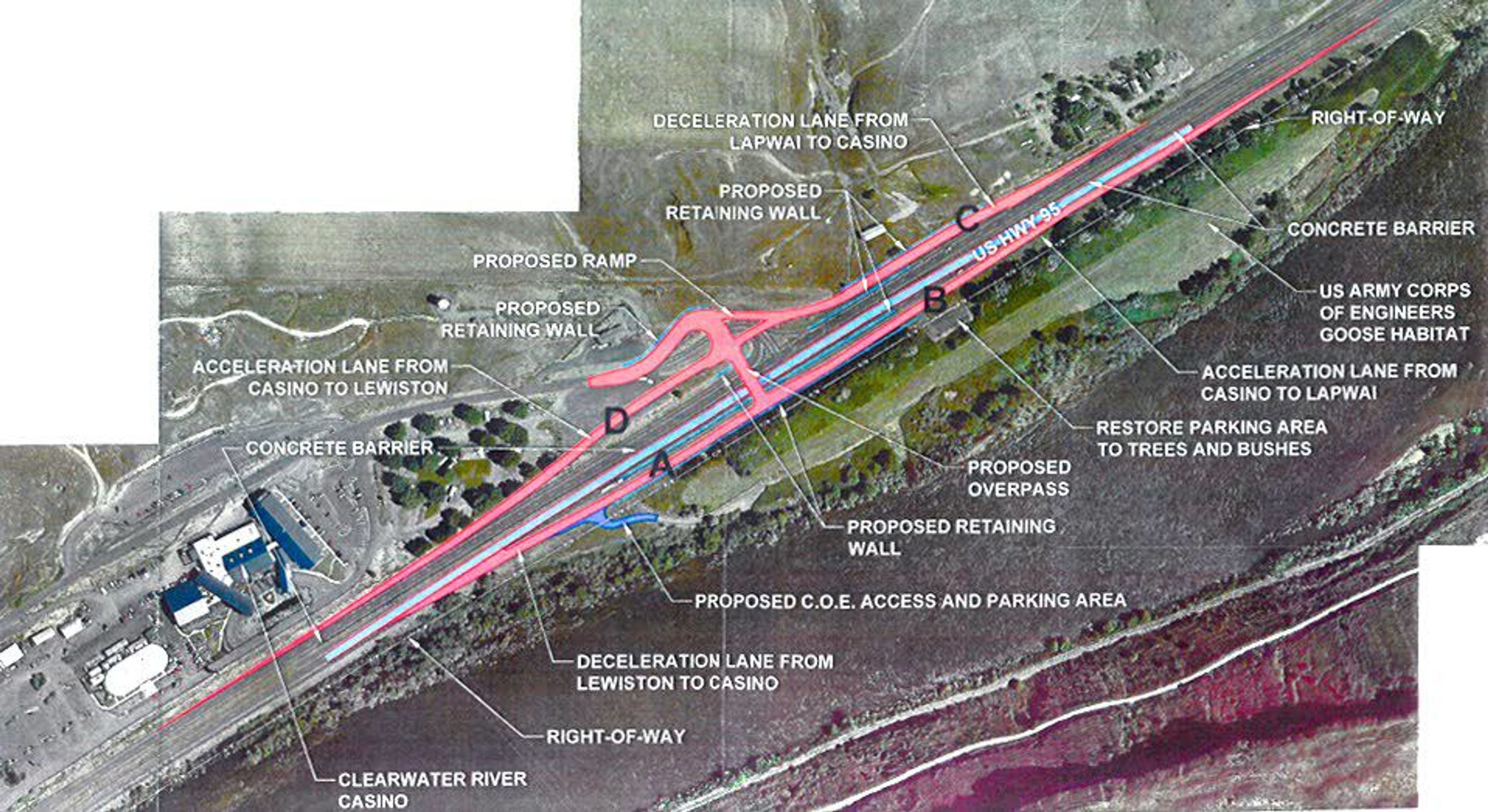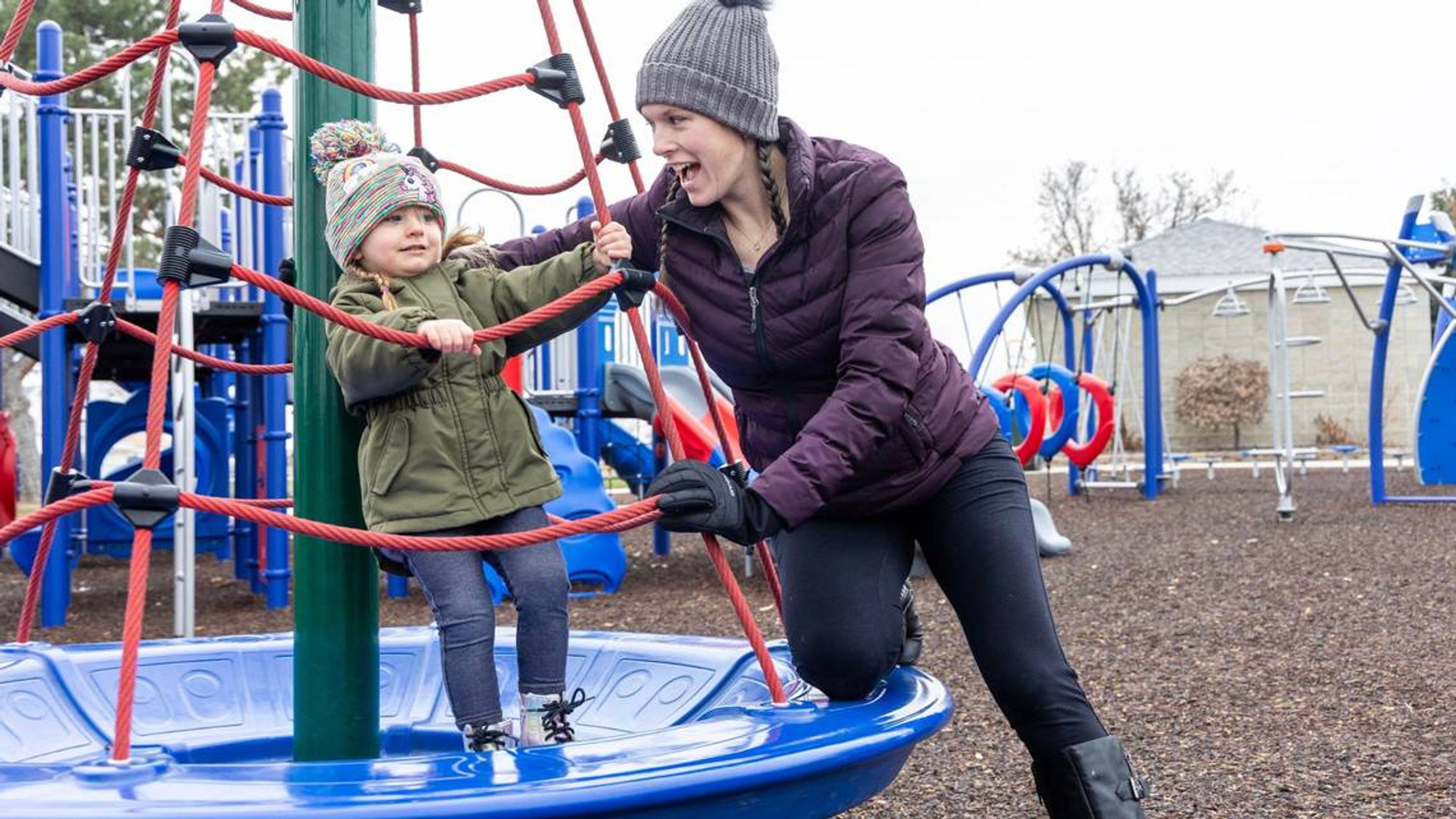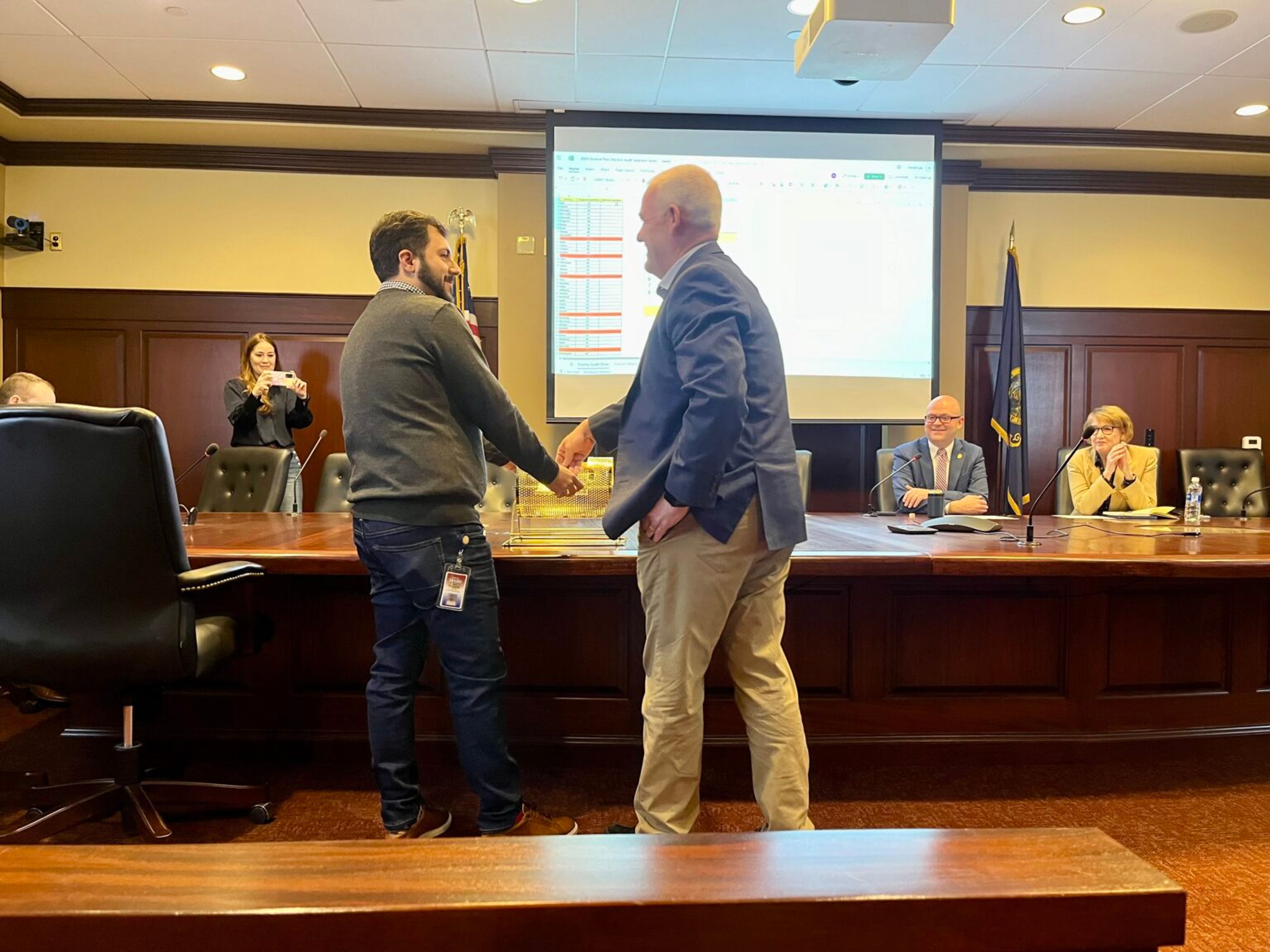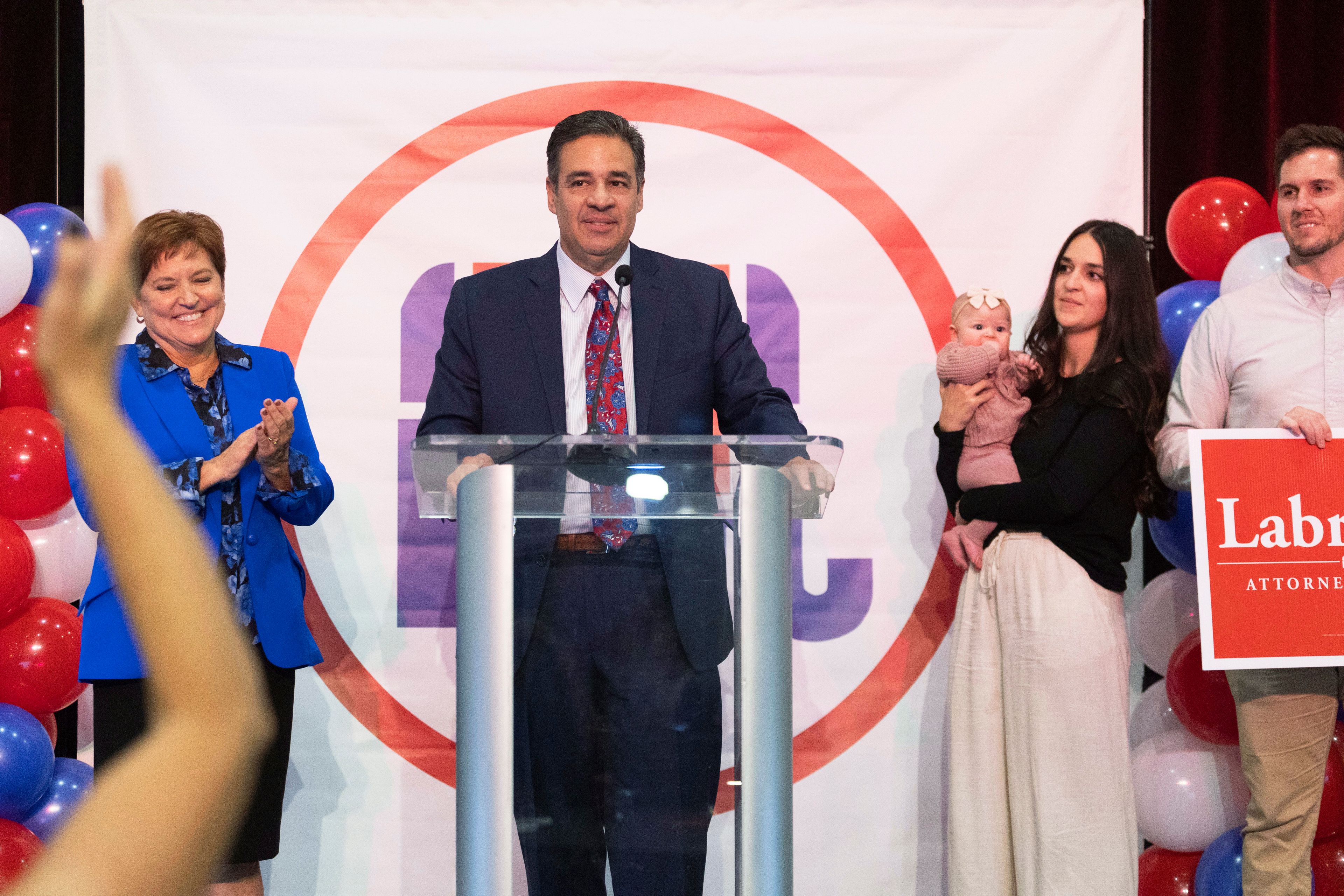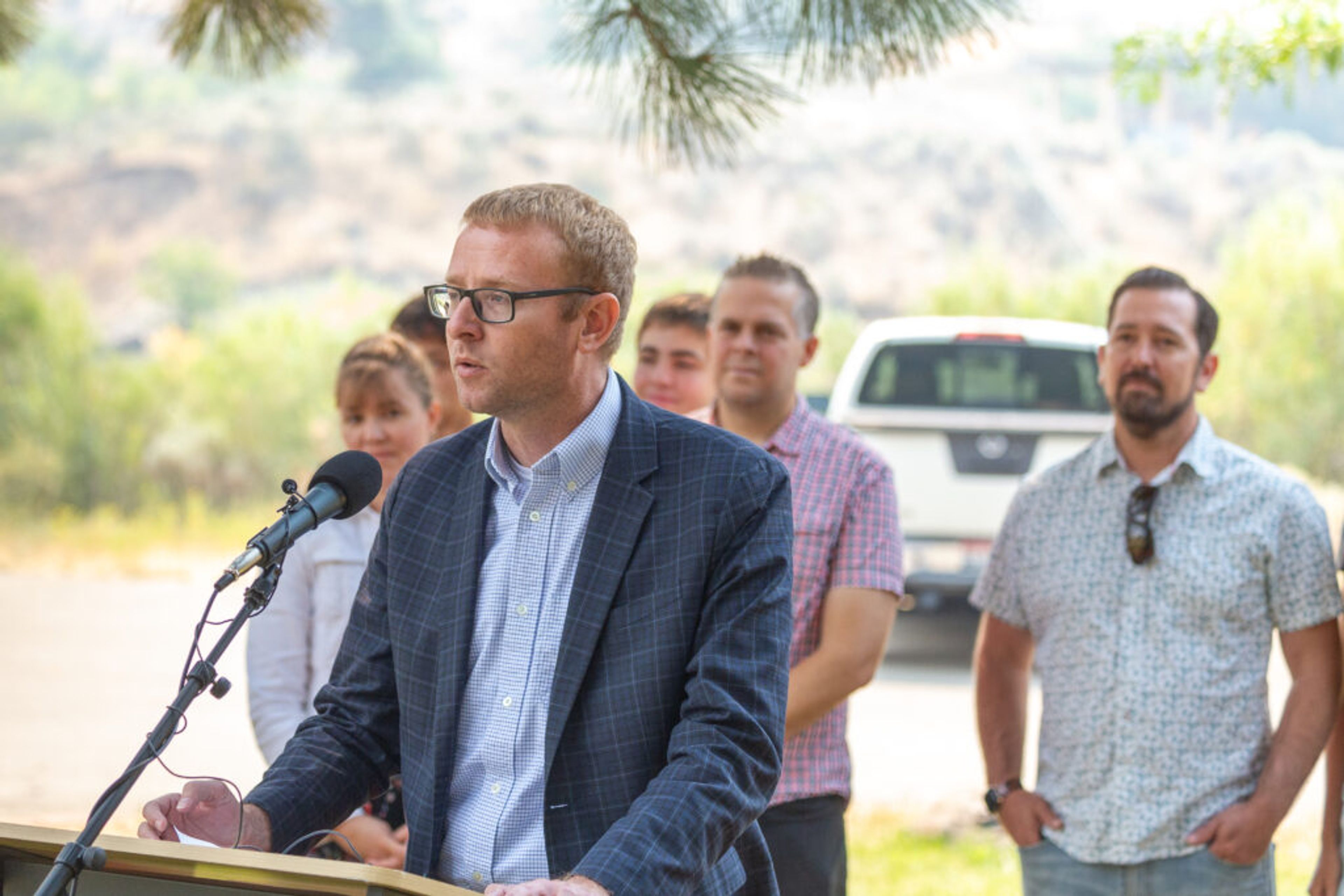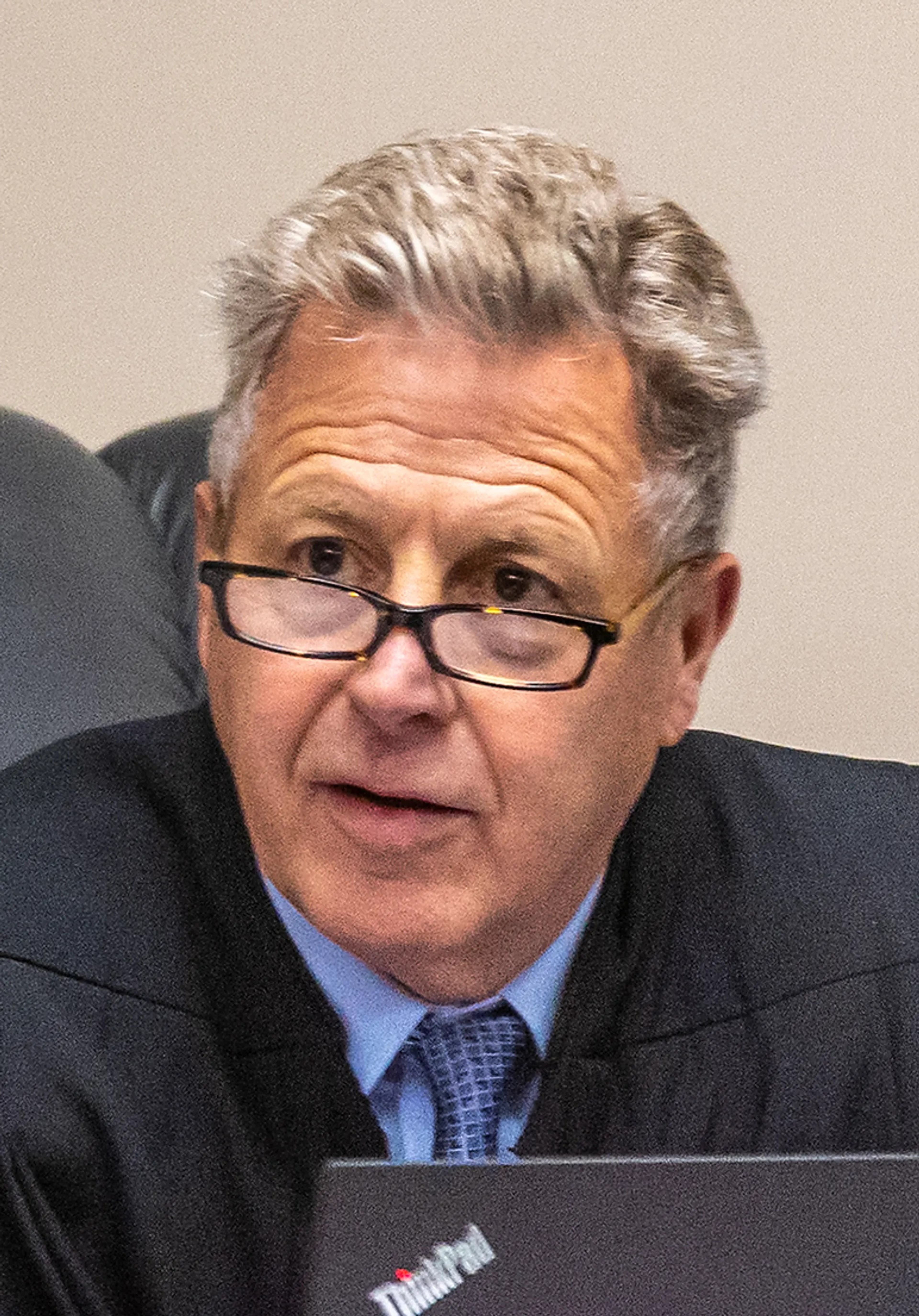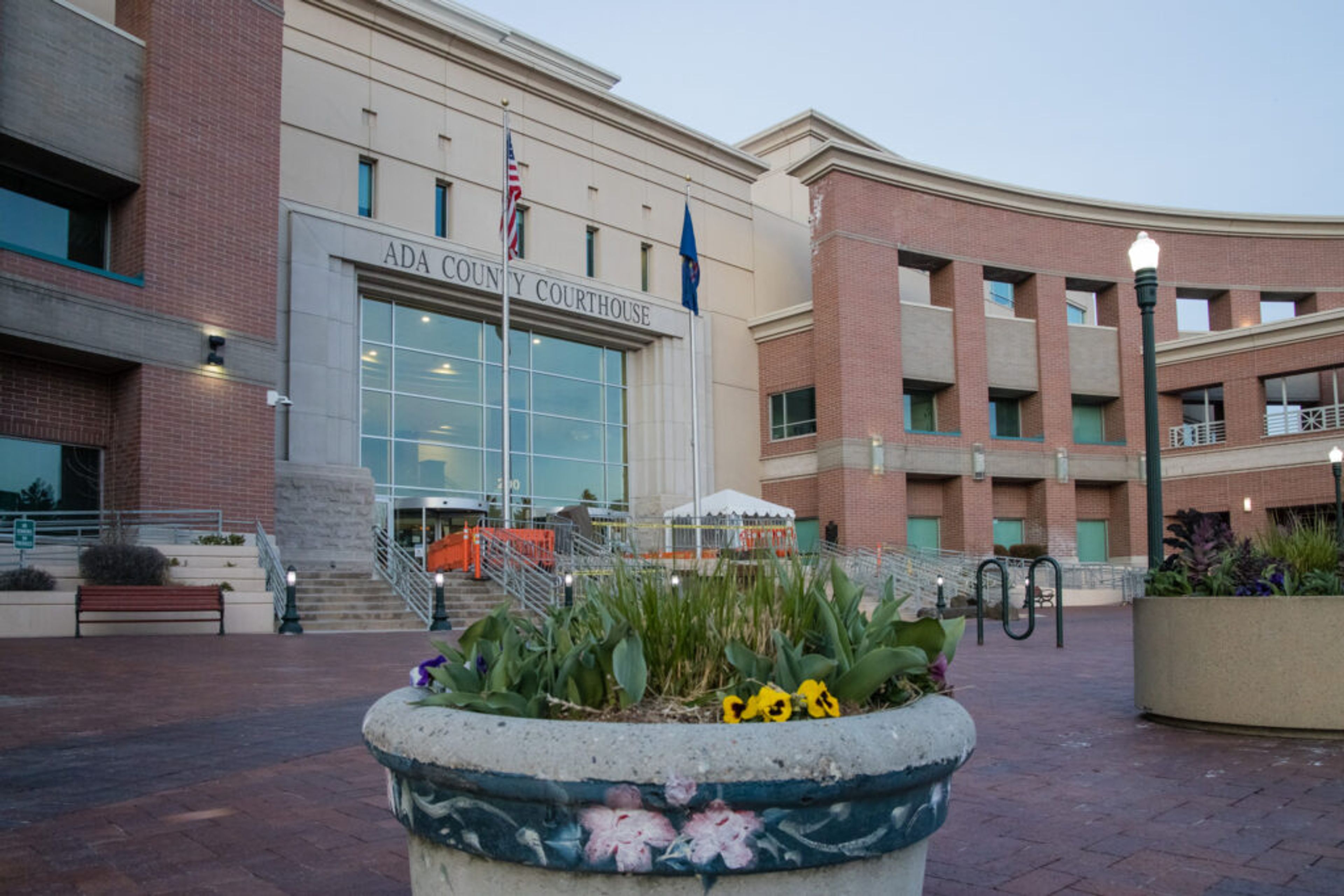Report: Interchange is casino’s best bet
Safety audit says overpass is best long-term solution for perilous stretch
A joint safety audit of a dangerous intersection at the Clearwater Casino and Lodge advises what has been known for some time: an interchange is the best solution at U.S. Highway 12/95.
The preliminary report was released in January and was prompted by two fatalities in 2018 from drivers leaving the casino and failing to yield to traffic. It offers several possible solutions to prevent crashes.
Speed reduction was studied but deemed ineffective, as drivers would not be able to compensate with traffic at the half-mile intersection if it dropped from the current 65 mph limit, according to the study.
An interchange is the best long-term solution, but it has been mired in planning hang-ups as an environmental impact study has taken longer than expected. A design is expected to be in place by next winter. Construction could begin in 2020 if the tribe can find funding for the estimated $17 million project and go out to bid.
Before any action is taken on short-term fixes, public comment is requested. People can ask questions, comment on proposals and view research online at https://bit.ly/2GZbcuG.
The more comprehensive final report recently released compared the intersection to four other roadways in the state with similar traffic volume and found the casino intersection is three times as deadly, with more crashes that caused fatalities or injuries.
The seven-person team volunteered their time to create the report and featured representatives from the Nez Perce Tribal Transportation Department, Nez Perce County Road and Bridge, Highway Technical Assistance Council, Federal Highway Administration and Idaho Transportation Department.
The intersection has been the site of seven fatalities since 1996 resulting from drivers leaving the casino, often from exiting drivers who fail fail to yield to oncoming traffic. A concrete island at the west entrance was constructed in the summer of 2017 in an attempt to prevent drivers from crossing four lanes of highway to exit and head south, which is where a majority of the crashes have occurred.
The study identified other issues with the intersection, like insufficient room for large vehicles like buses to turning left out of the east entrance. Turning right from the west entrance there is no acceleration lane, which could lead to rear-end crashes. At the commercial entrance farther west from the casino, it appears drivers are turning left, which is an illegal turn and also could lead to crashes.
Short-term solutions that could be enacted rather quickly include moving all exiting to the east entrance and preventing drivers from exiting the west entrance. This would stop drivers from violating the signage that prohibits turning left at the west entrance.
In addition to that change, construction of an acceleration lane headed south for drivers turning left from the east entrance would allow motorists to merge with traffic in three lanes that reduce back to two lanes.
A complicated “ThruU” interchange — with U-turn lanes at both ends of the highway — also has been proposed. This would allow drivers to exit the casino only by turning right out, but have U-turn lanes farther down to change directions. Drivers trying to enter the casino would have to perform a U-turn past the casino heading south and double back to enter.
In addition to the possible solutions, the study also acknowledged more research options. The team called for more study of increasing signage, public education and outreach to explain the U-turn proposal, as well as another speed study should any of the recommendations be constructed.
Holm may be contacted at tholm@lmtribune.com or at (208) 848-2275. Follow him on Twitter @TomHolm4.
